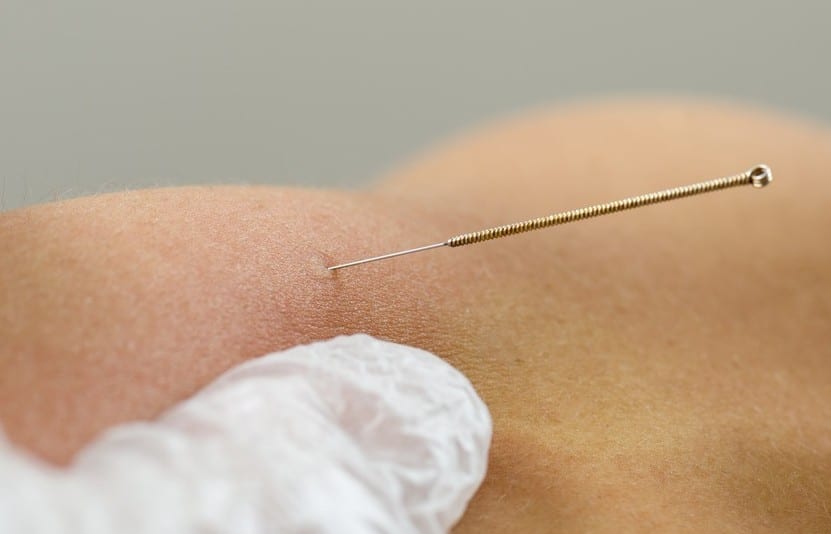Physical therapists at SetPT include trigger point dry needling to reduce pain, improve mobility, and maximize function using advanced techniques and skills. Dry needling is a technique we use to help reset muscles and improve their function following an injury.
But is dry needling right for you? In this post, we answer as many questions as possible to help you decide if dry needling might be the right solution for you.
1. Isn't it just like acupuncture?
Dry needling and acupuncture both utilize a solid filament needle to improve function and/or reduce pain; both begin with an assessment and determination of treatment goals. The difference lies in the treatment background and the points at which the needles are applied.
Dry needling is solely based on Western medicine principles and research. During trigger point dry needling, the needle is inserted into a myofascial trigger point, which consists of multiple contraction knots that are painful upon compression and may produce motor dysfunction in the muscle.
2. Does it hurt?
There is slight discomfort if a local twitch response occurs during needling. This may feel like a deep ache or cramp. Patients often experience some soreness following a twitch response for 24-48 hours. Occasional bruising may occur if a superficial capillary is punctured.
3. Will it help my injury?
Dry needling is used to treat a wide variety of musculoskeletal injuries, including headaches, tennis elbow, rotator cuff syndrome, neck pain, back pain, jaw pain, and knee pain. Typically, these conditions are significantly affected by muscle dysfunction. Dry needling can be very effective in resetting the muscle.
4. How does it work?
Physiological effects of dry needling include increased blood flow, which appears as redness in the skin surrounding the area of needling. Dry needling may also decrease muscle banding, lower pain pressure thresholds, and change the biochemicals in local tissue that contribute to pain. It may also inhibit pain pathways via the central nervous system.
5. Are there any side effects?
The most common side effects include:
- Muscle soreness
- Fatigue
- Bruising
Some patients occasionally feel faint or experience short-term worsening of symptoms. These side effects are uncommon, but if they occur, consult your therapist.
6. What should I do after my session?
Drink fluids and try to resume normal mobility as soon as possible. Too little movement may cause soreness to worsen, and too much movement may cause further injury. Ice and heat can alleviate soreness.
To see how dry needling works, here's our own Chris Estafanous, PT, DPT, demonstrating the technique on Fox5 in Washington, DC. And if you have further questions on whether dry needling may help your injury, ask your Set Physical Therapist today!





